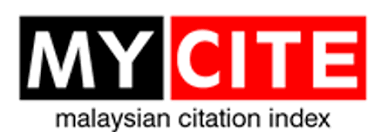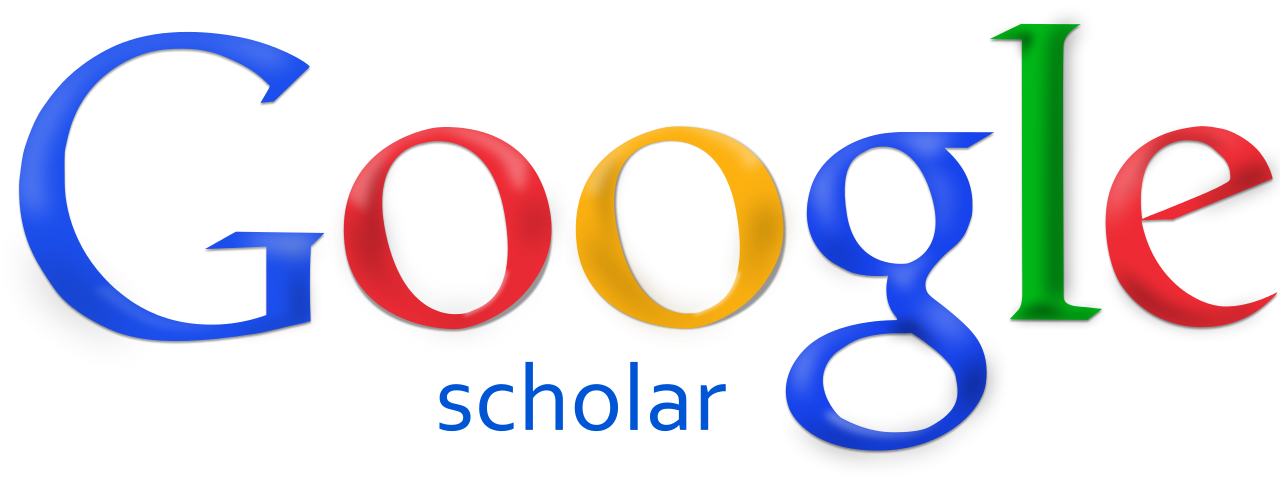Preferred Modalities for learning Anatomy: Medical students' opinion
DOI:
https://doi.org/10.51200/bjms.v10i1.560Keywords:
anatomy, plastic model, plastinated specimen, cadaverAbstract
Learning anatomy is the basic and essential component of medical study when students start to learn in medical career. Since five hundred years ago, the human cadaver has been used as the silent mentor for students in learning anatomy. Later, pre-dissected specimens were used in addition to hands-on dissection of human cadaver. Current advances promote the use of anatomical models as well as plastinated specimens. This study focused on analyzing the preference of students towards different learning modalities available for anatomy teaching. It was conducted on first year medical students at the Faculty of Medicine and Health Sciences, University Malaysia Sabah (FPSK, UMS). A total of 76 students (27 males and 49 females) participated in this study. Out of 76 students, 57 (75%) students preferred using human cadaver for anatomy learning. Four students (5.3%) opted for plastinated specimen while 15 students (19.7%) chose the plastic model. Knowledge gained in learning Anatomy was said to be easier from cadaver (67.1%), followed by plastinated specimen (35.5%) and plastic models (52.6%). In the present study, 97.4% responded that plastic model was easier to apply their knowledge in objective structured practical examinations. The present study found that using cadaver was still favoured by medical students. Further studies are required to determine the preference between hands-on cadaveric dissections versus pre-dissected specimens.Downloads
Published
How to Cite
Issue
Section
License
All articles are published under the Creative Commons Attribution-NonCommercial (CC BY-NC 4.0) license, enabling users to read, download, copy, distribute, and adapt the material for non-commercial purposes, provided proper credit is given to the original authors and the source. This model supports transparency, accessibility, and the global exchange of medical knowledge.








1.png)





